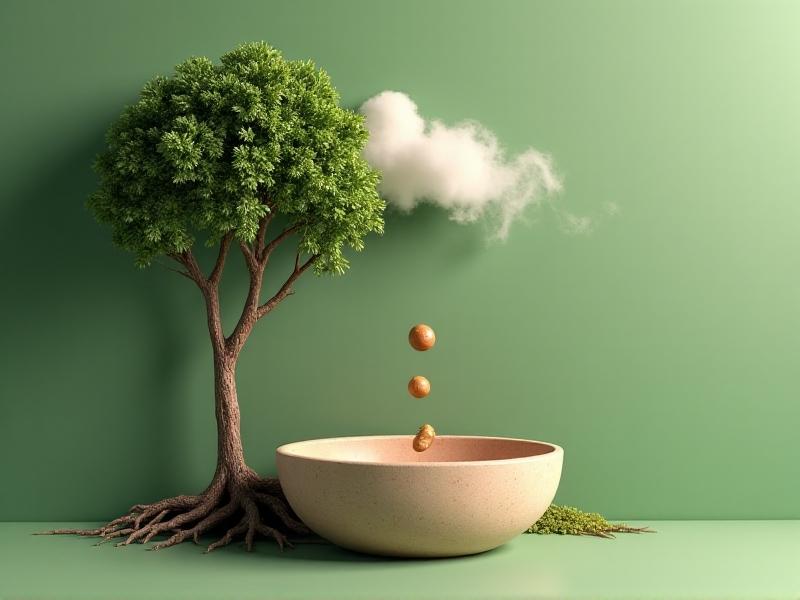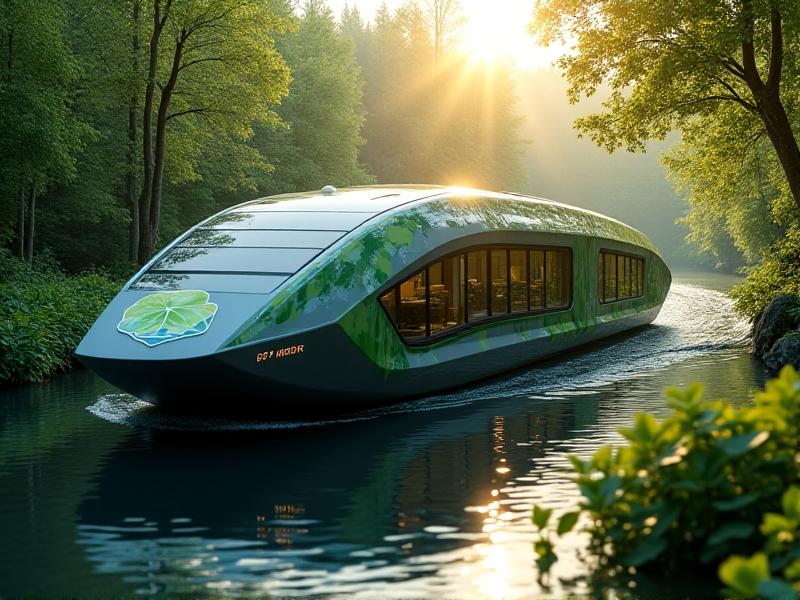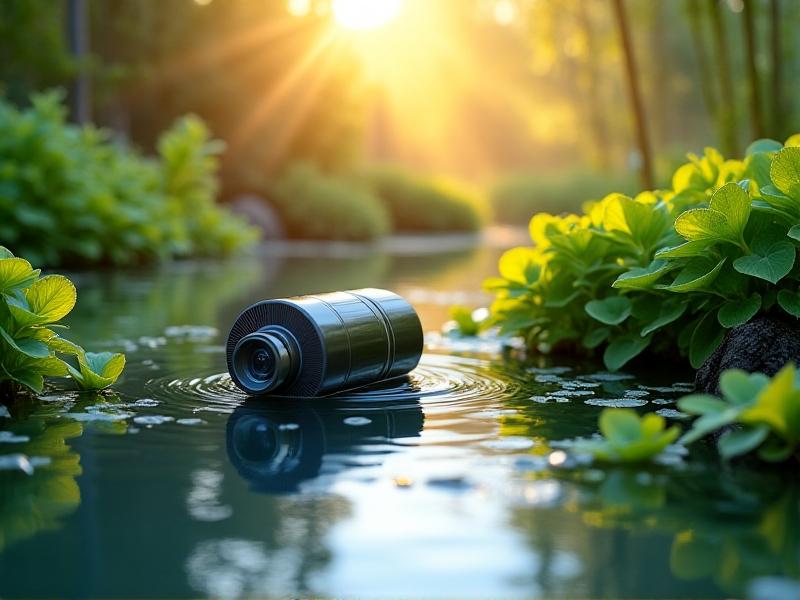The Role of LED Lighting in Energy-Efficient Aquarium Setups
The Evolution of Aquarium Lighting: From Incandescent to LED
Aquarium lighting has come a long way since the days of incandescent bulbs. Early setups relied on basic lighting solutions that often generated excessive heat and consumed significant amounts of energy. These traditional methods were not only inefficient but also posed risks to aquatic life due to temperature fluctuations. The introduction of fluorescent lighting marked a significant improvement, offering better energy efficiency and a broader spectrum of light. However, it wasn’t until the advent of LED lighting that aquarium enthusiasts truly experienced a revolution.
LED lighting has transformed the way aquariums are illuminated, providing a host of benefits that extend beyond energy efficiency. Unlike incandescent and fluorescent bulbs, LEDs produce minimal heat, reducing the risk of overheating the tank. This feature is particularly crucial for maintaining a stable environment for sensitive aquatic species. Additionally, LEDs offer unparalleled versatility in terms of color spectrum and intensity, allowing hobbyists to create customized lighting setups that mimic natural underwater conditions.
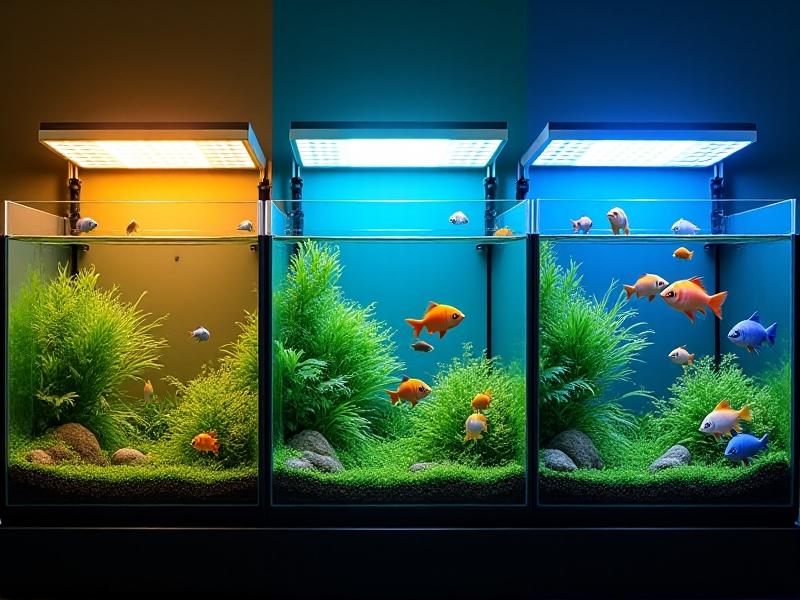
Energy Efficiency: How LED Lighting Reduces Power Consumption
One of the most compelling reasons to switch to LED lighting in aquariums is its energy efficiency. Traditional lighting options, such as incandescent and fluorescent bulbs, consume significantly more power to produce the same level of brightness. In contrast, LEDs use up to 80% less energy, making them an eco-friendly choice for aquarium enthusiasts. This reduction in power consumption not only lowers electricity bills but also contributes to a smaller carbon footprint.
LEDs achieve this efficiency by converting a higher percentage of electrical energy into light rather than heat. This process, known as luminous efficacy, ensures that more of the energy consumed is used to illuminate the tank rather than being wasted as thermal energy. Furthermore, LEDs have a longer lifespan compared to traditional bulbs, reducing the frequency of replacements and further minimizing environmental impact. For hobbyists looking to create a sustainable aquarium setup, LED lighting is an indispensable tool.
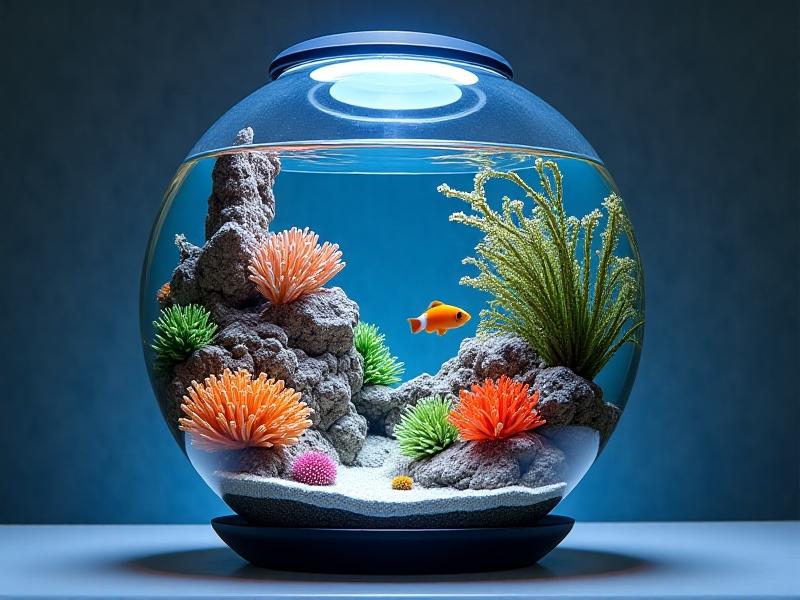
Customizable Lighting: Tailoring LED Spectrums for Aquatic Life
One of the standout features of LED lighting is its ability to provide customizable spectrums tailored to the specific needs of aquatic life. Different species of fish, plants, and corals thrive under varying light conditions, and LEDs allow hobbyists to replicate these environments with precision. For example, freshwater plants often require a spectrum rich in red and blue wavelengths to support photosynthesis, while marine corals benefit from a balance of blue and white light to mimic the ocean’s depths.
Modern LED systems come equipped with programmable settings that enable users to adjust color temperature, intensity, and even simulate natural lighting cycles such as sunrise, sunset, and moonlight. This level of customization not only enhances the aesthetic appeal of the aquarium but also promotes the health and well-being of its inhabitants. By fine-tuning the lighting conditions, hobbyists can create an environment that closely resembles the natural habitats of their aquatic pets, fostering growth and vitality.
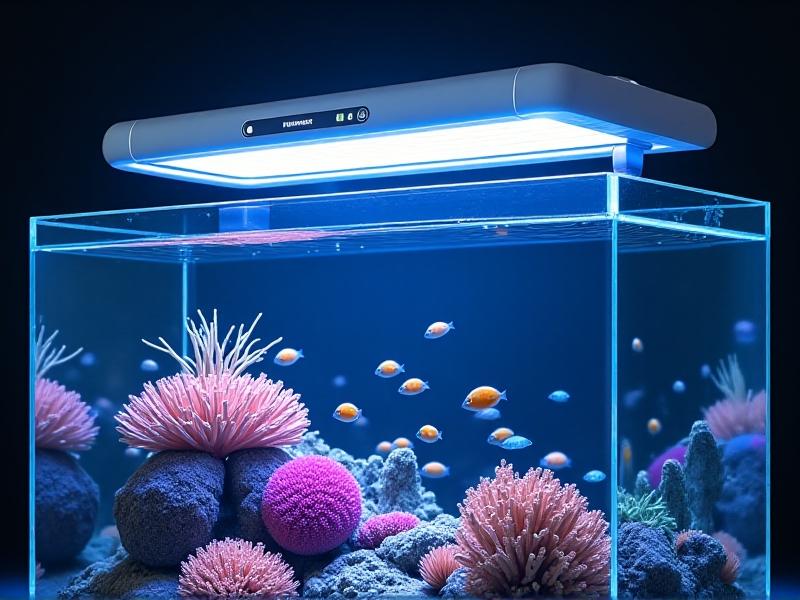
Heat Management: The Advantages of Low-Heat LED Lighting
Heat management is a critical aspect of maintaining a stable aquarium environment, and LED lighting excels in this regard. Traditional lighting options, such as incandescent and metal halide bulbs, generate significant amounts of heat that can raise the temperature of the water, potentially harming aquatic life. In contrast, LEDs produce minimal heat, making them a safer and more reliable choice for aquarium setups.
The low heat output of LEDs reduces the need for additional cooling equipment, such as fans or chillers, which can add to the overall energy consumption of the system. This not only simplifies the setup but also lowers operational costs. Additionally, the reduced heat emission helps maintain a consistent water temperature, which is essential for the health of sensitive species. For hobbyists who prioritize the well-being of their aquatic pets, LED lighting offers a practical and effective solution to heat management challenges.
Longevity and Durability: The Cost-Effective Nature of LEDs
Another significant advantage of LED lighting is its longevity and durability. Traditional bulbs, such as incandescent and fluorescent tubes, have a limited lifespan and often require frequent replacements. This not only adds to the maintenance costs but also disrupts the aquarium environment. LEDs, on the other hand, are designed to last for tens of thousands of hours, making them a cost-effective investment in the long run.
The durability of LEDs is attributed to their solid-state construction, which is more resistant to shocks and vibrations compared to fragile filaments or glass tubes. This robustness ensures that LED lights can withstand the rigors of daily use without compromising performance. Furthermore, the extended lifespan of LEDs reduces the need for frequent replacements, minimizing waste and contributing to a more sustainable aquarium setup. For hobbyists seeking a reliable and low-maintenance lighting solution, LEDs are an ideal choice.
Enhancing Aesthetics: The Visual Appeal of LED Lighting
Beyond their functional benefits, LED lights also play a crucial role in enhancing the visual appeal of aquariums. The ability to produce a wide range of colors and effects allows hobbyists to create stunning underwater landscapes that captivate the eye. Whether it’s the soft glow of moonlight or the vibrant hues of a coral reef, LED lighting can transform an ordinary aquarium into a mesmerizing work of art.
LEDs offer the flexibility to experiment with different lighting schemes, from dynamic color-changing effects to subtle gradients that mimic natural light. This versatility enables hobbyists to highlight specific features of the tank, such as the intricate patterns of fish or the delicate structures of coral. By carefully selecting and arranging LED lights, aquarists can craft a visually striking display that showcases the beauty of their aquatic ecosystem. The aesthetic possibilities with LED lighting are virtually limitless, making it a favorite among creative aquarium enthusiasts.
Environmental Impact: LEDs as a Sustainable Choice
As the world becomes increasingly conscious of environmental sustainability, LED lighting has emerged as a responsible choice for aquarium enthusiasts. Unlike traditional lighting options, LEDs consume less energy, produce minimal heat, and have a longer lifespan, all of which contribute to a reduced environmental impact. By opting for LED lighting, hobbyists can play a part in conserving energy and minimizing waste.
Additionally, the manufacturing process of LEDs involves fewer harmful materials compared to incandescent and fluorescent bulbs, further reducing their ecological footprint. The energy savings achieved through LED lighting also translate to lower greenhouse gas emissions, making it a greener alternative for aquarium setups. For those who are passionate about both aquatic life and environmental conservation, LED lighting offers a way to align their hobby with sustainable practices. By making the switch to LEDs, aquarists can enjoy a beautiful and eco-friendly aquarium that benefits both their aquatic pets and the planet.
